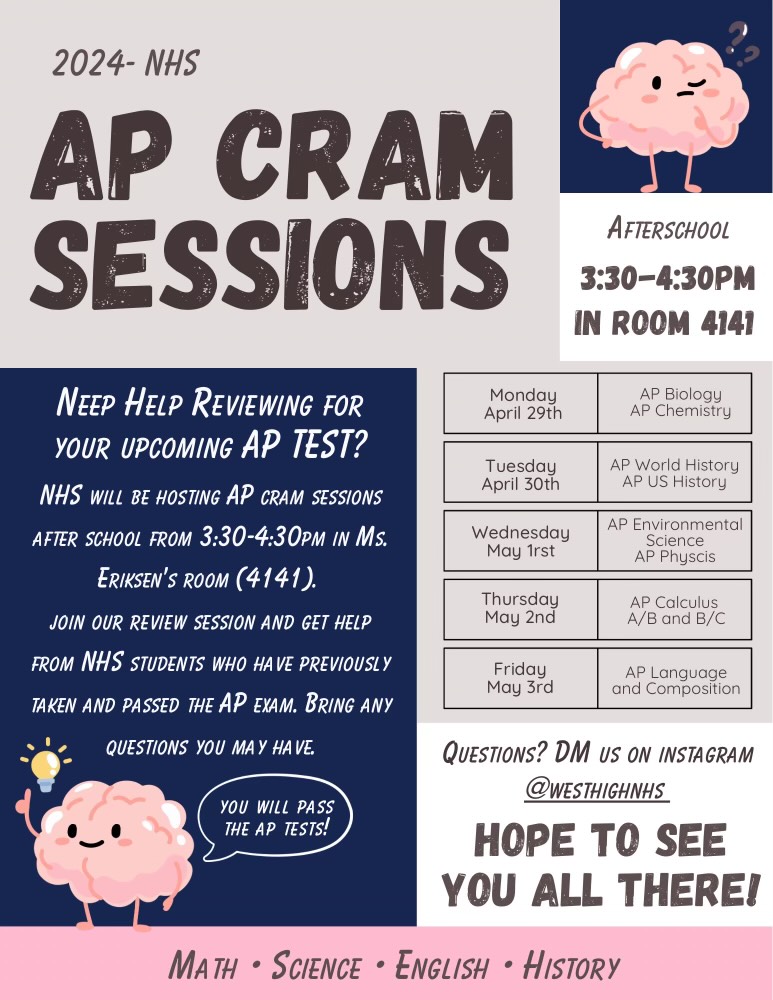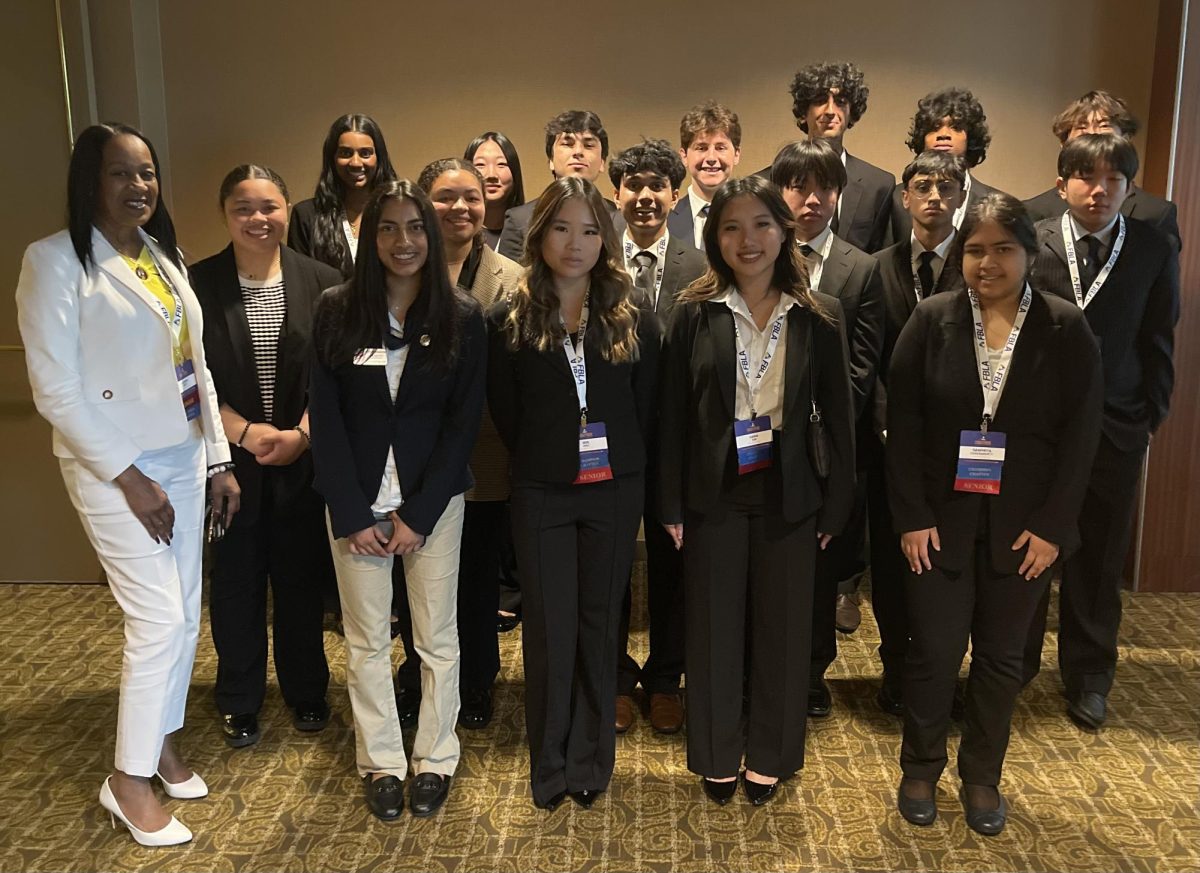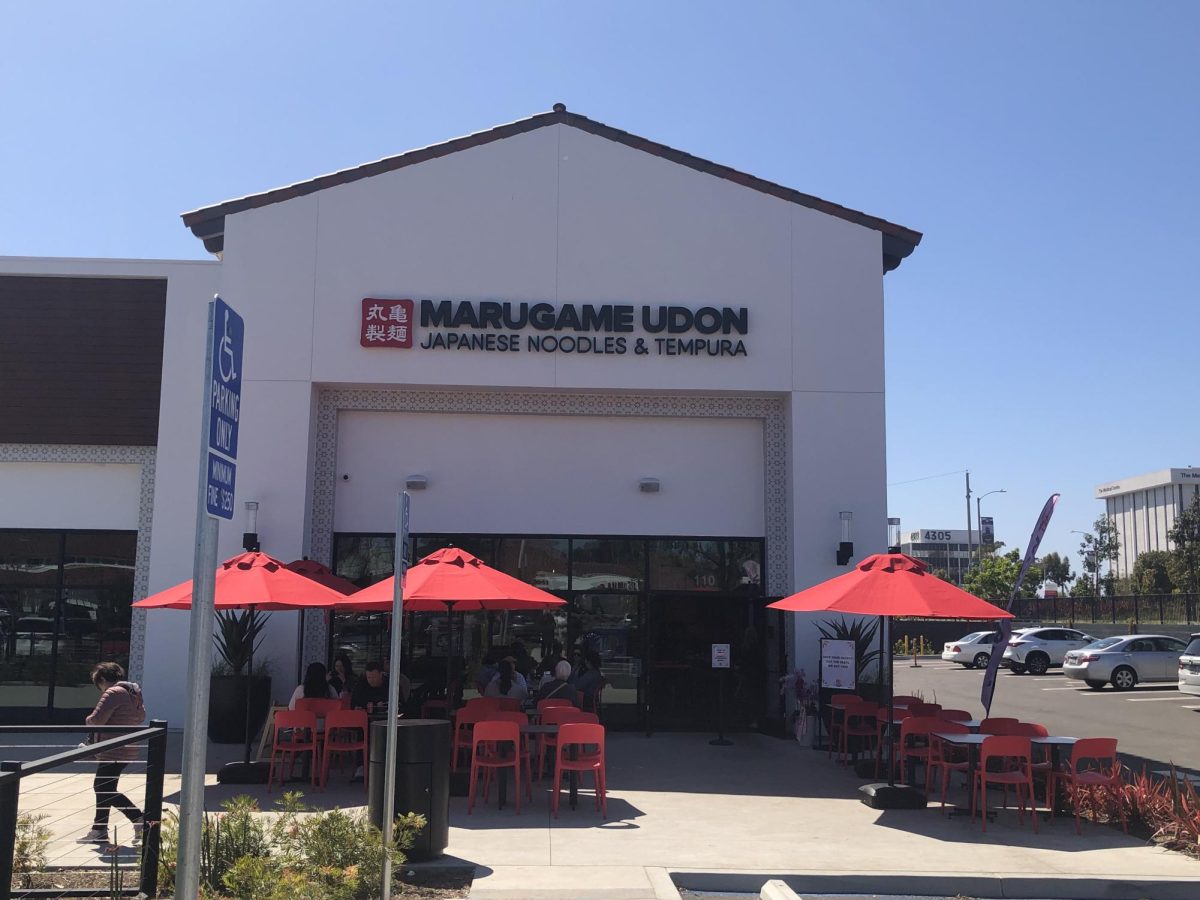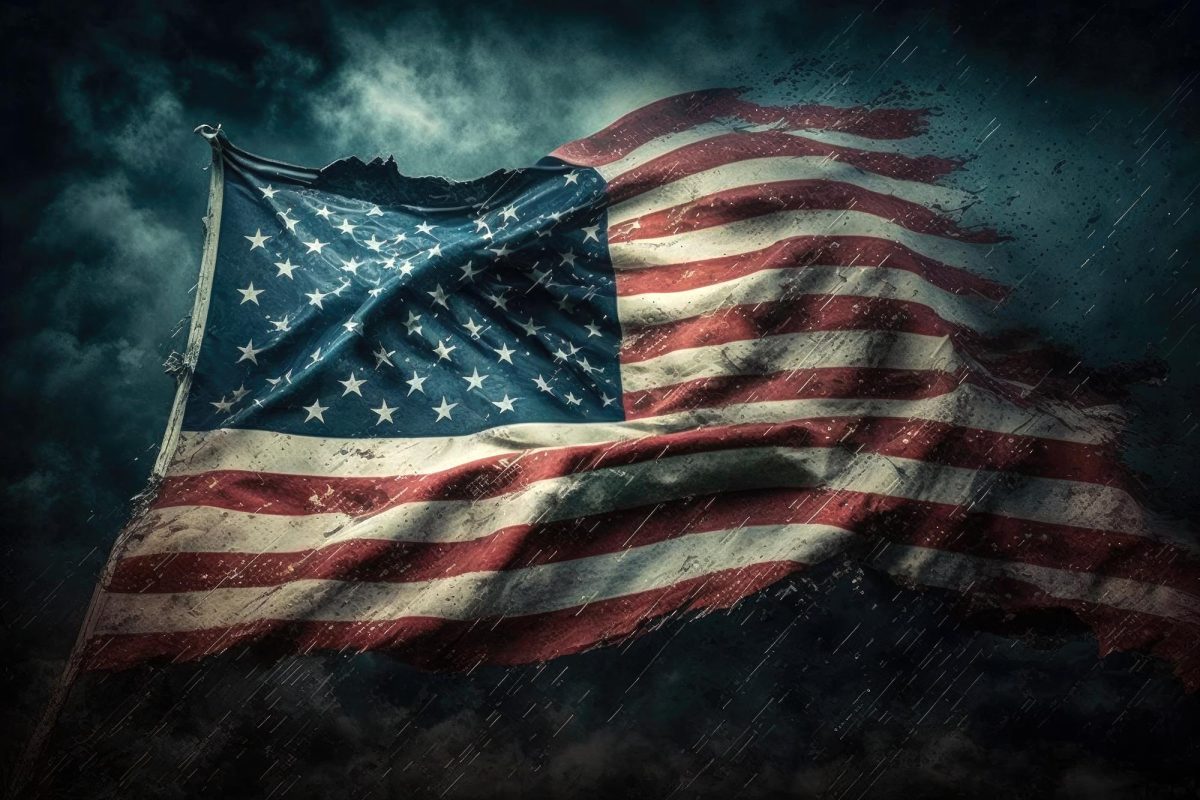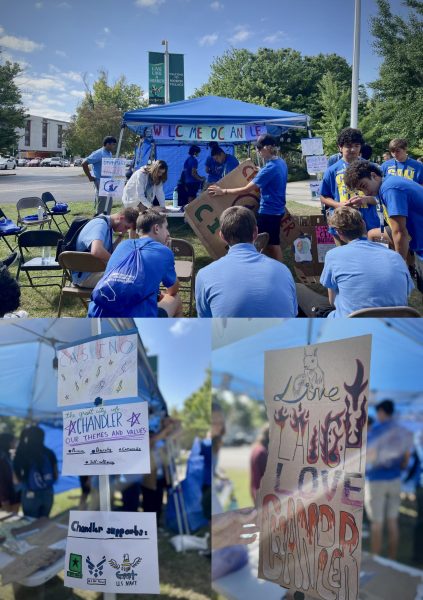West Must Stand Against Asian and Pacific Islander Racism
March 17, 2021
New York City. Denver. San Francisco. Oakland. Orange County.
Torrance.
Around the country, racist attacks against the Asian and Pacific Islander (API) community have increased and intensified since the start of the COVID-19 pandemic. Pockets of hatred and violence have evoked constant fear in the lives of API individuals. This is an urgent national, regional, and local issue. Xenophobic incidents in Torrance as well as the prevalence of local Asian communities have created an obligation for students and staff alike to take a stand. West High must actively support the cause of reducing API-targeted racism.
Anti-Asian sentiment related to the pandemic has provoked unwarranted violence in the United States. A report from the U.N. last August revealed that “more than 1,800 racist incidents against Asian Americans in the United States have been reported over an 8-week period from March to May 2020.” In 2021, the violence has continued. Police and API advocates partially attribute this to “misguided notions of blame for the COVID-19 pandemic, in which early cases arose in China,” according to The Los Angeles Times.
One of the most brutal hate crimes occurred in San Francisco less than two months ago, when 84-year-old Vicha Ratanapakdee was shoved to the ground by a 19-year-old man. His injuries were fatal, and Ratanapakdee passed away as a result of the attack.
A few days later, a 91-year-old man in Oakland’s Chinatown was brutally pushed face-first to the sidewalk.
These injustices are concentrated in areas with higher API populations. The organization Stop AAPI (Asian-American and Pacific Islander) Hate has kept record of attacks in 47 U.S. states and the District of Columbia since the pandemic’s arrival. Cynthia Choi, the group’s co-founder, told USA Today that about 40% of total attacks have taken place in California alone, the state with the largest Asian-American population. This is indicative of the greater risk in places with significant API populations – cities like Torrance and schools like West High.
Data from World Population Review reveals that Torrance’s second largest racial group (behind White) is Asian, comprising 36% of the population. West High’s current demographics mirror these numbers, as Asian students make up 35% of the school total. In fact, the percentage of Asian students is larger than any of West’s other racial groups.
Given that over one-third of both West’s student body and the city of Torrance consists of Asian individuals, the West community holds a responsibility to both its students and its city to become involved in efforts that mitigate racism towards API individuals.
Benjia Zhang (12), president of West’s Taiwanese-Chinese American Association, expressed, “It makes me worried and feel scared when I or my family goes outside knowing that people of my race are being targeted.” Zhang believes that West must do its part to take a stand. “Our school can teach our community more about the Asian/Pacific Islander groups,” she proposed, referring to topics intertwined with United States history. This can be achieved through “assemblies or history classes,” as well as other mediums that can easily be utilized by the school.
But why West? While it may seem that large organizations deal with such issues sufficiently, these groups often operate solely at a national or regional scale; local communities must actively provide their support in order for tangible change to occur. In addition, young individuals play an especially vital role. As Zhang explained, “In most Asian cultures, staying humble is a big thing….Especially to the elderly, they believe it’s better to wait [situations] out instead of creating ‘trouble.’” As a result, the need for younger individuals like students to “advocate for themselves and stand against these attacks” is particularly strong.
Nevertheless, it may be assumed that Torrance is not actually in need of such active support. As a result of the large Asian community, it may appear that incidents targeting Asians will not occur. However, no place is immune to the disease of racism. As the prevalence of attacks in cities such as San Francisco have proven, some areas with large percentages of Asians are even more prone to instances of racism.
Last June, one such incident occurred at Torrance’s very own Charles H. Wilson Park. According to the L.A. Times, Lena Hernandez, a white woman, nearly bumped into a younger Asian-American woman. After the latter said “Jesus” in response, Hernandez seemed to become angered. She proceeded to launch a verbal attack on the woman: “Next time you talk to me like that you’re going to get your… kicked by my family.” What appeared to arise from anger towards a comment turned into a xenophobic rant. “Get the… out of this state. Go back to whatever Asian country you belong in,” she declared.
While the outrageous attack unfolded, the West High campus stood a mere four miles away. Evidently, Torrance has seen API-targeted racism right on its own soil. Like other parts of the country, the danger is real. The fear that Asian and Pacific Islander individuals feel is real.
The ability to diminish this very fear and contribute towards a greater cause must not be put to waste. West’s strength in numbers must not be ignored. Through both means of education and advocacy, the school community holds the power to not only disseminate knowledge to thousands of students, but inspire action within each other.
The only matter left to decide is where to begin.
One of the first steps towards ending instances of racism is reporting them. To report an API-hate incident, visit https://stopaapihate.org/reportincident/.



